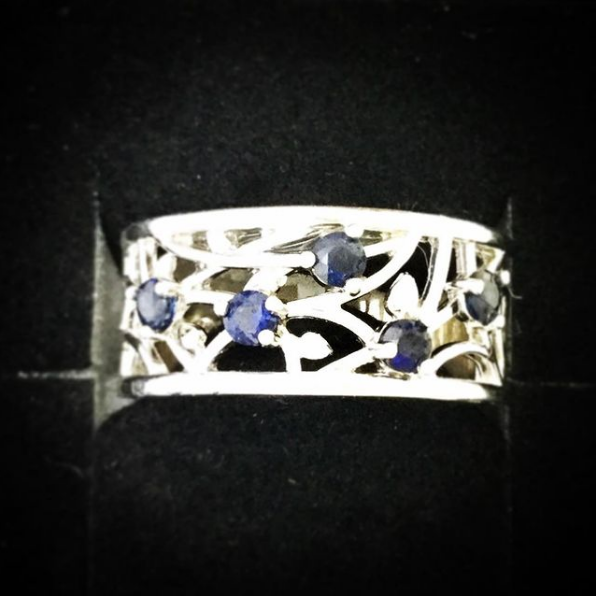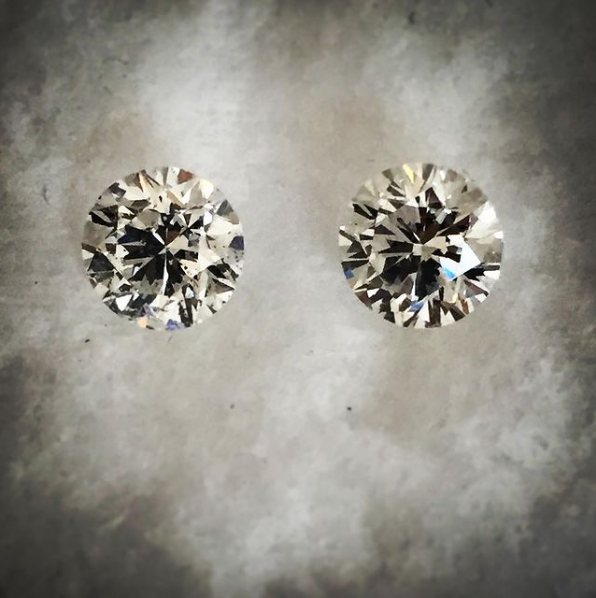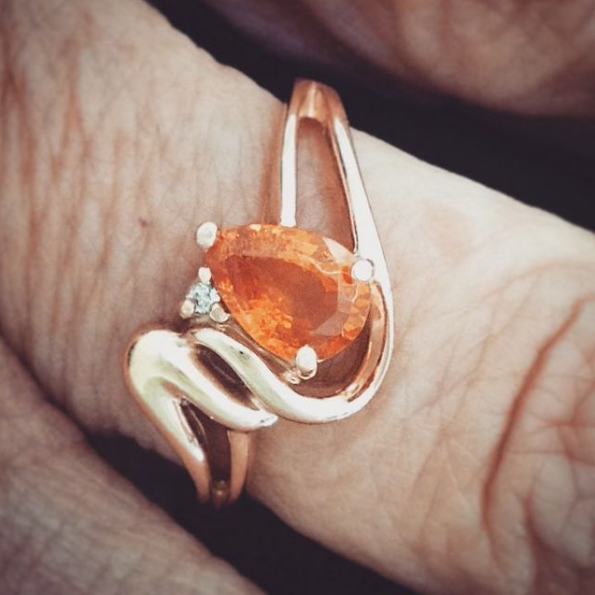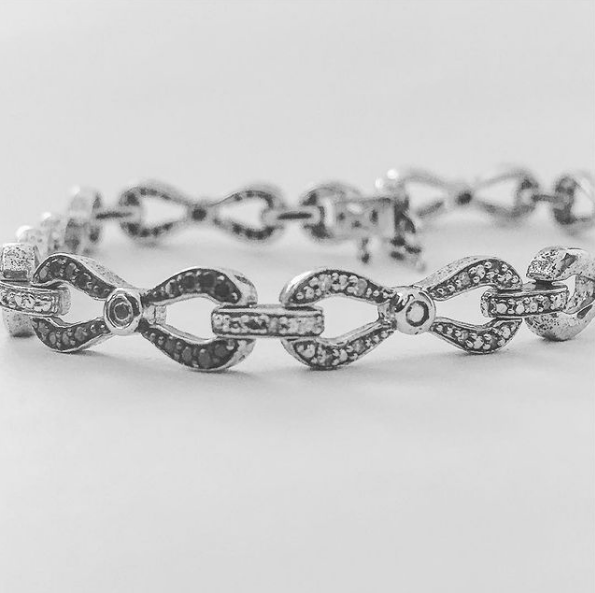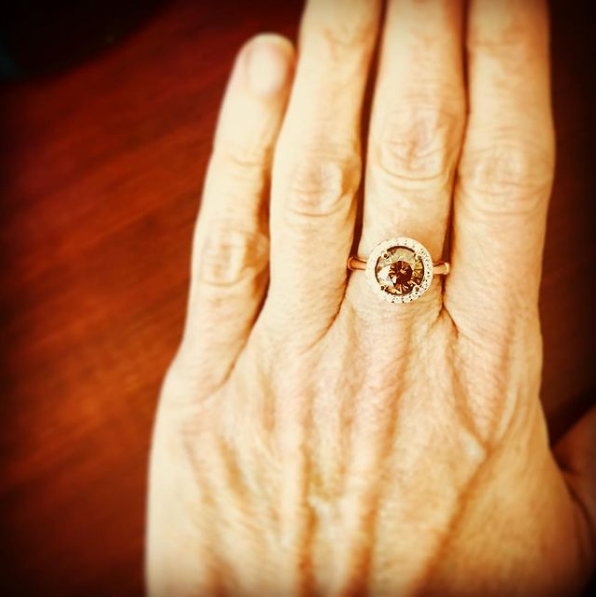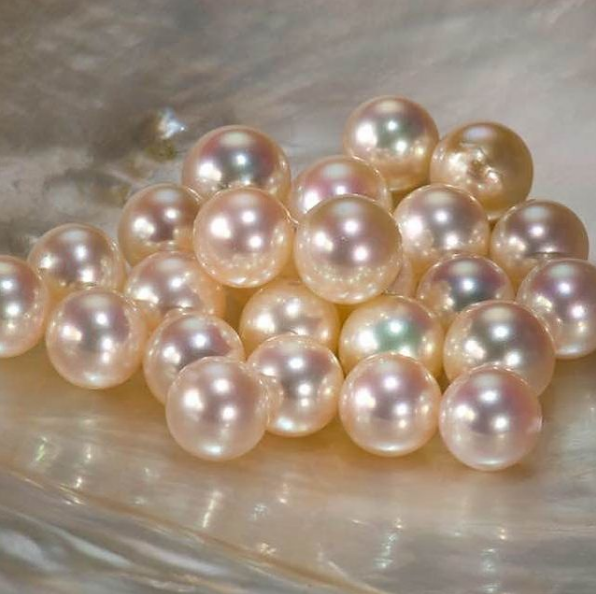The 4Cs
OF DIAMOND QUALITY
The universal method for assessing the quality of any diamond, anywhere in the world.
Thanks for deciding to shop at a family owned, local business. David & Anne pledge to help you choose the diamond that is right for you. You don’t have to buy the diamond to see it in real life conditions. You can compare several diamonds side by side and decide based on your own opinion of their beauty, rather than to blindly trust a bunch of numbers & letters. It’s easier to make sense of them when you can actually see what those numbers & letters refer to. It takes many months to earn the Diamond certification from the G.I.A. Don’t try to cram yourself with info gleaned from 45 minutes on the internet!
Thanks for deciding to shop at a family owned, local business. David & Anne pledge to help you choose the diamond that is right for you. You don’t have to buy the diamond to see it in real life conditions. You can compare several diamonds side by side and decide based on your own opinion of their beauty, rather than to blindly trust a bunch of numbers & letters. It’s easier to make sense of them when you can actually see what those numbers & letters refer to. It takes many months to earn the Diamond certification from the G.I.A. Don’t try to cram yourself with info gleaned from 45 minutes on the internet!
ABOUT
DIAMOND COLOR
The color evaluation of most gem-quality diamonds is based on the absence of color. A chemically pure and structurally perfect diamond has no hue, like a drop of pure water, and consequently, a higher value.
The scale begins with the letter D, representing colorless, and continues, with increasing presence of color, to the letter Z.
Many of these color distinctions are so subtle that they are invisible to the untrained eye; however, these distinctions make a very big difference in diamond quality and price.
ABOUT
DIAMOND CLARITY
Natural diamonds are the result of carbon exposed to tremendous heat and pressure deep in the earth. This process can result in a variety of internal characteristics called 'inclusions' and external characteristics called 'blemishes.'
Evaluating diamond clarity involves determining the number, size, relief, nature, and position of these characteristics, as well as how these affect the overall appearance of the stone. While no diamond is perfectly pure, the closer it comes, the higher its value.
To the naked eye, a VS1 and an SI2 diamond may look exactly the same, but these diamonds are quite different in terms of overall quality. This is why expert and accurate assessment of clarity is extremely important.
ABOUT
DIAMOND CUT
Diamonds are renowned for their ability to transmit light and sparkle so intensely. We often think of a diamond's cut as shape (round, emerald, pear), but a diamond's cut grade is really about how well a diamond's facets interact with light.
Precise artistry and workmanship are required to fashion a stone so its proportions, symmetry, and polish deliver the magnificent return of light only possible in a diamond.
The quality of cut is crucial to the diamond's final beauty and value. And of all the 4Cs, it is the most complex and technically difficult to analyze.
The first three, brightness, fire, and scintillation, consider the diamond's overall face-up appearance. The remaining four, weight ratio, durability, polish, and symmetry, assess a diamond's design and craftsmanship.
BRIGHTNESS
Internal and external white light reflected from a diamond.
FIRE
The scattering of white light into all the colors of the rainbow.
SCINTILLATION
The sparkle a diamond produces, and the pattern of light and dark areas caused by reflections within the diamond.
ABOUT
DIAMOND CARAT WEIGHT
Diamond carat weight is the measurement of how much a diamond weighs. A metric "carat" is defined as 200 milligrams.
Each carat can be subdivided into 100 'points.' This allows very precise measurements to the hundredth decimal place. A jeweler may describe the weight of a diamond below one carat by its 'points' alone. For instance, the jeweler may refer to a diamond that weighs 0.25 carats as a 'twenty-five pointer.' Diamond weights greater than one carat are expressed in carats and decimals. A 1.08 carat stone would be described as 'one point oh eight carats.'
All else being equal, diamond price increases with carat weight, because larger diamonds are more rare and more desirable. But two diamonds of equal carat weight can have very different values (and prices) depending on three other factors within the 4Cs: Clarity, Color, and Cut. It's important to remember that a diamond's value is determined using all of the 4Cs, not just carat weight.
Call or Text: 717-766-7771
Address: 5255 Simpson Ferry Rd. Mechanicsburg PA, 17050
We can help with all of your diamond needs, as well as any other custom jewelry, necklaces, bracelets, gold or silver you may be looking for.
All Rights Reserved | Henderson & Co Jewelers


